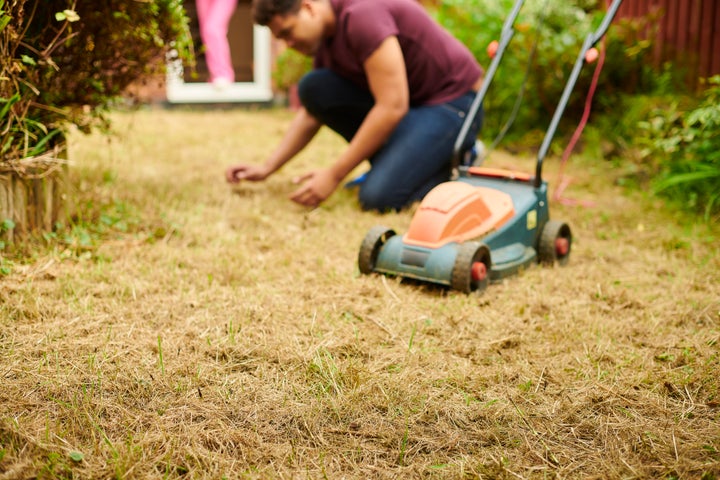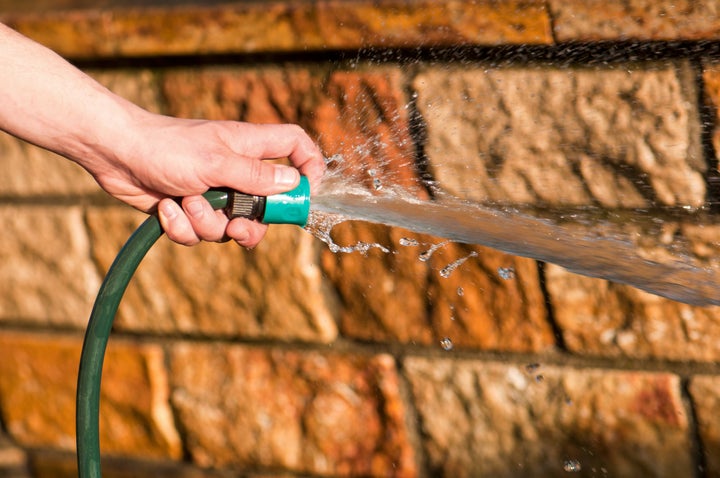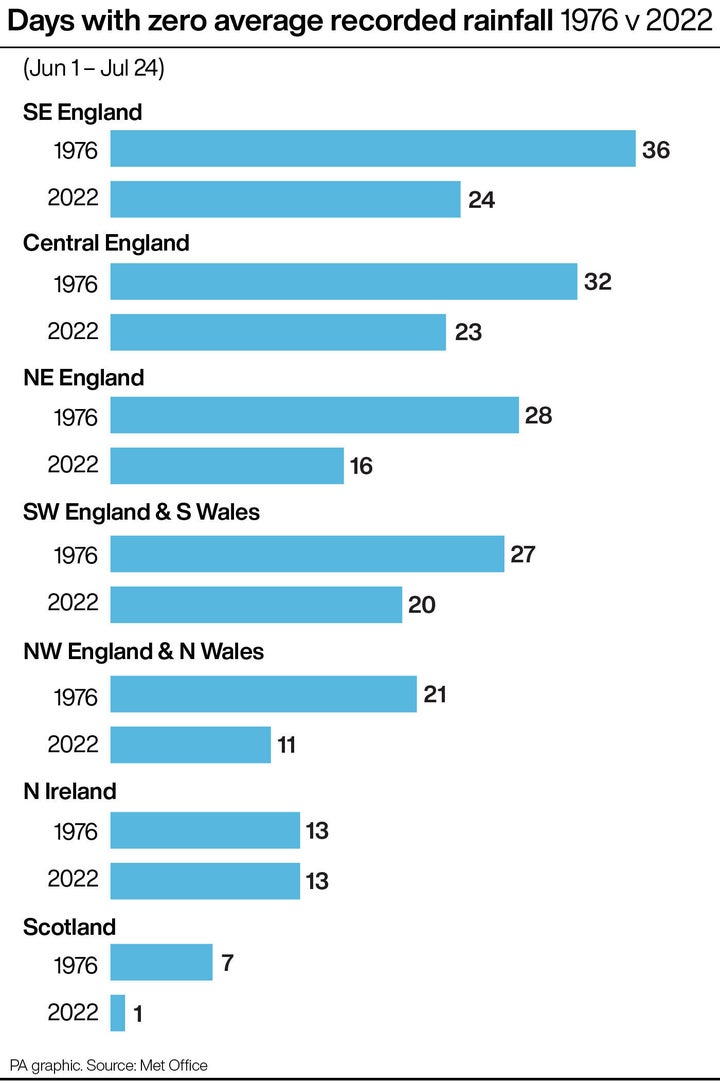
The July heatwave may be over but experts now believe that a drought, where the country experiences a lack of water, is on the horizon, too.
Record-breaking temperatures of 40.3°C last month contributed to the driest July on record – and August and September aren’t looking much different.
Southern Water is already introducing a hosepipe ban on August 5, impacting customers in Hampshire and the Isle of Wight.
South East Water company has also announcing a restriction on water usage for at least a million people from August 12 until further notice.
The firm, which controls water supplies across Kent and Sussex, has been urging people to only use water for essential purposes, after July had just 8% of the average rainfall for the month.
Water supplies across the country have also been struggling in recent weeks, with high demand and burst pipes causing additional disruption.
The UK has not seen any significant droughts since 2018, but with more heatwaves expected to hit before the summer is out, there’s a strong chance other regions could soon be looking to limit water usage as well.
Here’s what it could mean if there’s a drought in the UK and how it might impact our day-to-day lives.
How far are we from declaring a drought now?
It ultimately comes down to the weather conditions in August.
But, England is already in a precarious position. It has moved into “Prolonged Dry Weather” status, so precautionary actions are “being undertaken to mitigate impacts”, according to the National Drought Group. This brings the government, water companies and environmental groups together to address increased water demand.
For the first three months of 2022, England’s rainfall was down by 26% and in Wales by 22% – so average river flows were “below normal” or “exceptionally low” even before temperatures soared this summer.
The government also revealed that more than 28% of underground water supplies are overused.
But, nowhere in England is currently considered to be in drought.
There has been a water scarcity risk alert in Scotland though, released by the Scottish Environment Protection Agency.
A drought was also announced in Italy at the start of July, while Spain, France and Portugal have struggled with wildfires.
For now, the UK’s Environment Agency spokesperson said it was monitoring river levels and responding to environmental incident with precautionary action.

What would it mean if the UK went into drought?
A drought can mean anything from an extended period without water to struggling to irrigate crops enough so they grow.
Droughts can also kill fish, create water pollution and trigger wildfires.
Water levels in reservoirs and rivers are already lower than normal.
The heat seen over the last month also means more water has been leaving the soil and vegetation, so greater levels of rain will be needed to bring the soil water content up to a standard level.
A hosepipe ban may be introduced across the country too, as could a ban on crop irrigation between August and September.
This would put root vegetables, such as potatoes, in danger as they need plenty of water to grow.
If crop yields fail due to the dry conditions, it will also cost farmers more – many have already signed contracts with supermarkets and other suppliers, and so may have to cover the costs out of their pocket.
July’s heatwave also baked the soil, which pushed farmers to start irrigating their crops with extra water – only increasing the rate of evaporation.
Other farmers are delaying planting various crops because the land is too dry, meaning the UK could feel the impact of this heatwave into next year.
How else could farming be affected?
Minette Batters, president of the National Farmers’ Union, gave a stark summary of where the farming industry was when it came to water, to The Guardian.
She said: “We don’t have time to waste. The situation with water is very, very serious for growers – there are implications for costs and crop viability.”
She called for water storage to improve, so that food security could be protected, adding: “We have taken our water supply for granted in this country for so long.”
Pointing to the problems European counties are facing, Batters explained: “This really does highlight the futility of just relying on imports; other European countries are in far worse situations that we are.”
Could droughts happen more frequently?
Although the last two droughts in the UK were 2018 and 2011, the climate crisis means hot spells will be more frequent, last longer and more intense in the future.
Average rainfall in the UK has decreased significantly since 1976, a year when the country was hit by a surprise heatwave and temperatures soared to 35.9°C.
In 1976, the Drought Act was introduced meaning the government had emergency powers to turn off domestic and industrial water supplies.
In 2018, crop failures saw food prices climb and more water restrictions were put in place.
The National Infrastructure Commission has also revealed that there may be more water shortage soon due to population growth and climate change.
The UK already loses up to three billion litres of water every day, an issue which the government want to reduce in its 25-year Environment Plan.
